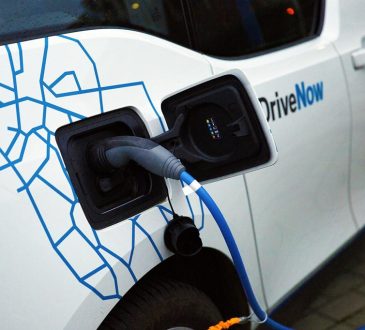Optimising Fuel Costs: Establishing Personalised Spending Caps for Various Users or Departments

Businesses looking to reduce fuel costs, enhance budget management, and preserve financial accountability must establish distinct spending caps on fuel cards for various users or departments. Companies are using gasoline cards more and more to simplify their fuel purchases, so being able to customise spending limitations for certain users or departments is crucial to keeping costs under control and operations running smoothly. This strategy avoids overspending and matches fuel costs to the unique requirements and duties of various departments within the company.
The fuel card australia provider’s mobile app or web interface can be used to impose spending limitations on fuel cards. The majority of fuel card solutions have easy-to-use interfaces that make it simple for administrators to create and modify expenditure caps. Usually, these platforms offer the ability to set limits for departments or for specific cardholders. Furthermore, certain gasoline card programs come with sophisticated capabilities that let companies designate distinct spending caps for certain kinds of activities, like buying fuel, maintaining cars, or paying other associated costs. This degree of personalization guarantees that expenditure caps are suited to the unique requirements of the company and its clients.
The process of keeping an eye on and evaluating how effective the spending caps are is continuous. Businesses should routinely examine fuel usage reports once the limitations are established to make sure the limits are being adhered to and that the intended results are being achieved. Fuel card companies usually give administrators with thorough reporting capabilities that let them monitor expenditures by specific users or departments, which makes it simple to spot instances of excessive spending or non-compliance.
Integrating bespoke spending limits with the business’s basic budgeting and financial planning procedures is another crucial part of setting them up. Spending caps ought to be in line with the organisation’s larger financial plans and goals in order to guarantee that fuel costs are controlled in a manner that advances the company’s long-term aims. Establishing spending caps that are in line with the business’s financial goals and budgetary restrictions may entail close collaboration with the finance division. Spending caps can also be a useful instrument for managing expenses and controlling prices, assisting companies in optimising fuel purchases and cutting back on wasteful spending.
Implementing personalised spending limitations on fuel cards successfully also requires training and information. Managers and staff should receive training on how to utilise gasoline cards within set limitations and what happens if they are exceeded. Topics such as how to manage gasoline bills, how important it is to stick to spending restrictions, and how to report any problems or concerns should all be included in this training. Continual training and assistance may guarantee that staff members understand the guidelines and practices around fuel cards for business use and are prepared to handle the cards sensibly.




